In the heart of Sicily, equidistant from Palermo and Agrigento, stands Palazzo Adriano.
Many are surely familiar with this village because it was one of the locations for Giuseppe Tornatore's Oscar-winning Nuovo Cinema Paradiso in 1990.
Indeed, the beauty of this village at the foot of Monte delle Rose, part of the Sicani Mountains, has been inspiring its visitors for centuries.
Although small in size, the inhabitants number less than 2,000, the town encompasses truly distinctive histories and traditions.
Let us therefore explore all that can be visited in Palazzo Adriano.

What to see in Palazzo Adriano
A very peculiar name, Palazzo Adriano. It seems that Palazzo comes from the Sicilian dialect, U Palazzu, and Adriano is instead the name of a forest located nearby.
What is striking about this town is definitely its multiethnicity. In particular, on the one hand there are Latins who follow the Catholic rites, and on the other hand there are Greek-Albanians who follow the Byzantine rite. This dualism is also visible in the local festivities and traditions that are carried on with extreme rigor, generating some times really peculiar ritual admixtures.
The village was founded in the 15th century, after a long period of neglect, by soldiers from the Balkans, the Arbëreshe, and, for a long time, was the promised land for many Albanians fleeing the Ottoman invasion. Although over time, the Albanian language and many traditions have been lost, Palazzo Adriano is still part of the Eparchy of Piana degli Albanesi, a seat of the Byzantine Church in Italy.
In addition to this particular cultural aspect, the village is as interesting as ever from a tourist point of view. Let's find out what to see in Palazzo Adriano.
The historical center
Countless churches and palaces dot the historic center of the village.
The heart of Palazzo Adriano is Piazza Umberto I, at the center of which towers a 17th-century fountain, and around which face two churches, one Catholic (Maria Santissima del Lume), the other Byzantine (Maria Santissima Assunta) . And right here is the Town Hall, formerly Palazzo Dara, on the ground floor of which is a permanent collection dedicated to the film Cinema Paradiso.
From the square, Via Nino Bixio starts, which allows you to wander through the narrow streets of the historic center and breathe deeply the charm of this Sicilian town.
On Colle San Nicola, stands the Bourbon Castle, built in the 14th century. It is built as a place of protection for the Palazzesi, the local inhabitants. Today this castle is home to the Real Casina Civic Museum, an anthropological museum that houses a large section devoted to Arbëreshe culture.
Paleontological insights at Palazzo Adriano
In addition, paleontology enthusiasts will find that the Monti di Palazzo Adriano and Valle del Sosio Oriented Nature Reserve, within which the town itself lies, offers countless insights. Indeed, the oldest and most important fossils in all of Sicily have been found here.
Along the San Calogero Valley, the famous "Solomon Stone", where Solomon indicates the name of the family that owned the fiefdom, has been found. This block of stone about 30 meters high represents what remains of a fossil plunder that has persisted for more than a century. Anyway, the fossils found in this boulder, like others in the area, tell a story more than 265 million years old, and were discovered in 1887 by paleontologist Gaetano Giorgio Gemmellaro.
Some casts of the most important fossils are now on display in the Palazzo Adriano Municipal Museum.
What about the cinema?
After all, we know well that this hamlet is best known for being the main location of Cinema Paradiso.
The importance of this film is such for this town that the museum dedicated to it has been closed to be reopened in a totally new guise in August 2023, on the occasion of the Paradiso Film Fest.
In addition, in 2007 some scenes from Marco Amenta's film La siciliana ribelle were shot here.
The events
One of the most important events is the Cuccia-Grure Festival held on the first weekend of August. On this occasion, the people of Palazzu climb to the Mountain of Roses (1454 meters) in the night between Friday and Saturday and at dawn they sing a nostalgic Albanian song addressed to their homeland: it is titled "O e Bakura Moré", which recalls the ancient homeland of origin: Albania. In Umberto I Square, Cuccia is eaten, made of broad beans, chickpeas and wheat seasoned with cooked wine, as is traditional on the first day of Byzantine Lent.
Another special feast goes back to the Byzantine tradition. On the Feast of St. Martin, November 11, in fact, children go to the homes of newlyweds and bring baskets filled with auspicious items, dried figs, chestnuts, and sweets, including the famous St. Martin's panuzzi. In the afternoon, the newlyweds invite relatives and friends to their homes so that they can admire the contents of the baskets.
What to eat
In addition to the dishes prepared at the events we have just seen, one of the most interesting dishes to taste in Palazzo Adriano is certainly Dromes. This is a dish of Albanian origin, a polenta made from wheat flour, flavored with wild fennel and a drizzle of oil. Sometimes, a pinch of cinnamon is added to the delicacy of the dish.
The tradition of bread is important: gidata, for example, is stuffed with vegetables, tabisca is a bread that is mashed by hand and covered in oil, and petullë are globs of leavened dough that are then fried (similar to the pettole of Puglia).
Virgineddi, on the other hand, are a vegetable-based soup that is prepared on December 6 on the feast of St. Nicholas, the patron saint of the town.
Where is located and how to get there
Palazzo Adriano, Palermo, Sicily
Palazzo Adriano is part of the Metropolitan City of Palermo. However, it is located about 90 km from the Sicilian main city.
It is ideal to reach the town by car. From Palermo just follow the SS 118, from Trapani the SS 188, from Catania the A19.
Since there is no local train station, it is necessary to take as reference the stations of Cammarata San Giovanni, Acquaviva or Roccapalumba-Alia. From here it is possible to continue by AST buses.
About the author
Written on 09/08/2023

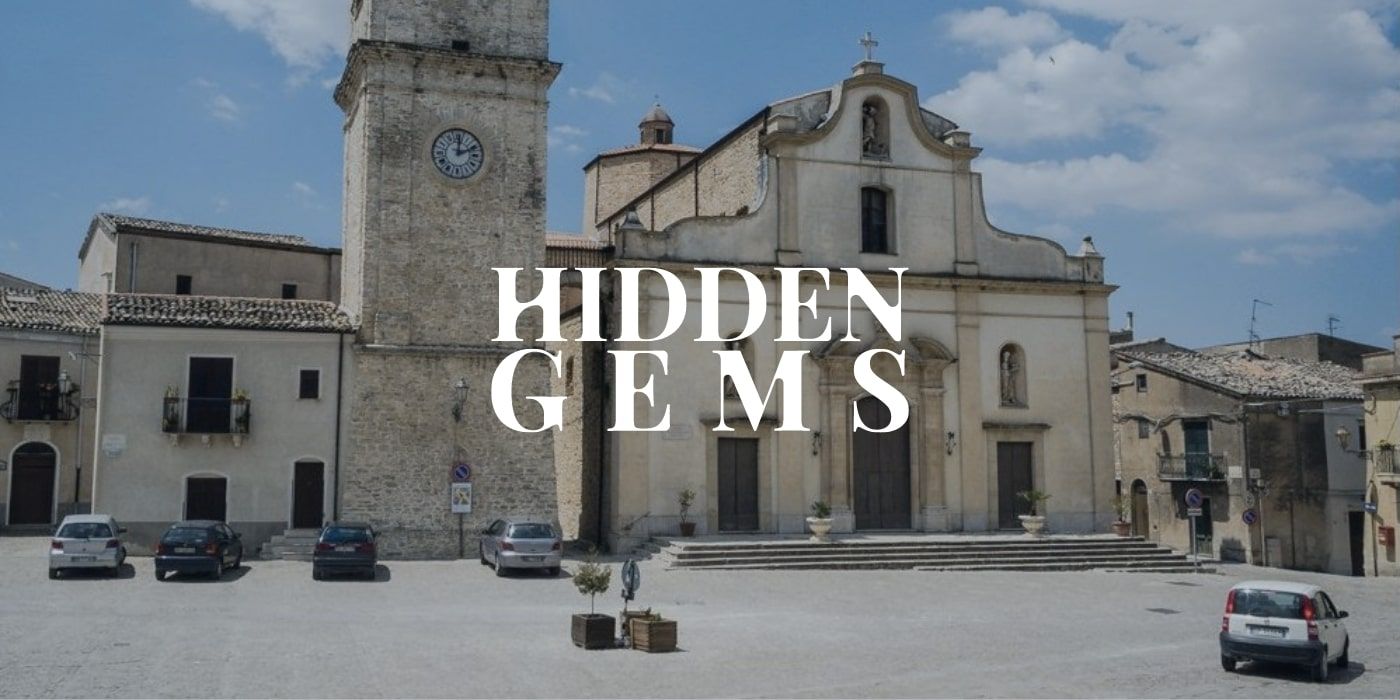
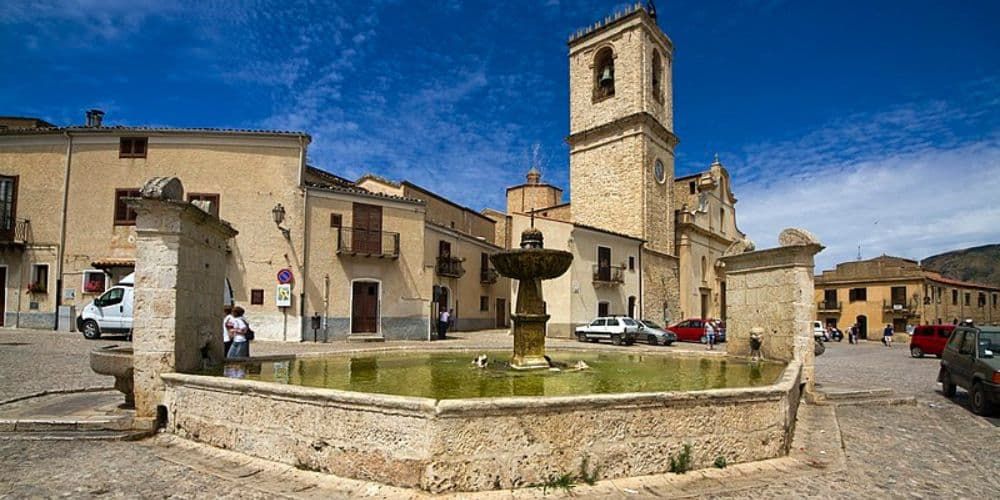
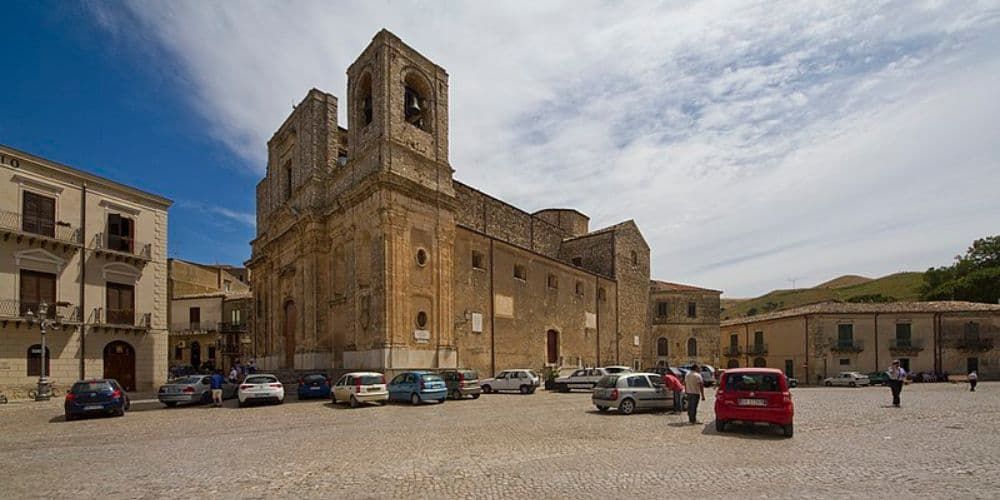
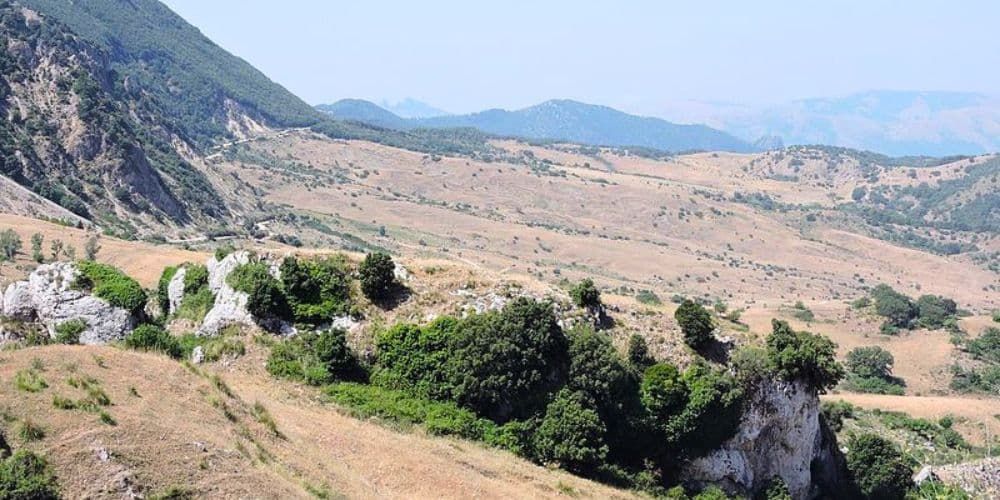
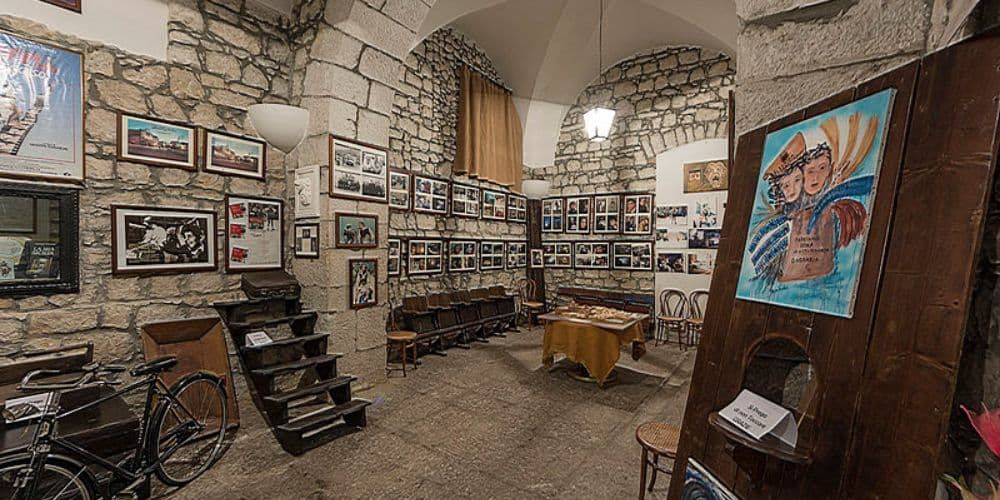

Elisa Borgato
In Sicily, lies Palazzo Adriano, a town so beautiful that has been selected as the main location for Cinema Paradiso. Discover here what to see.